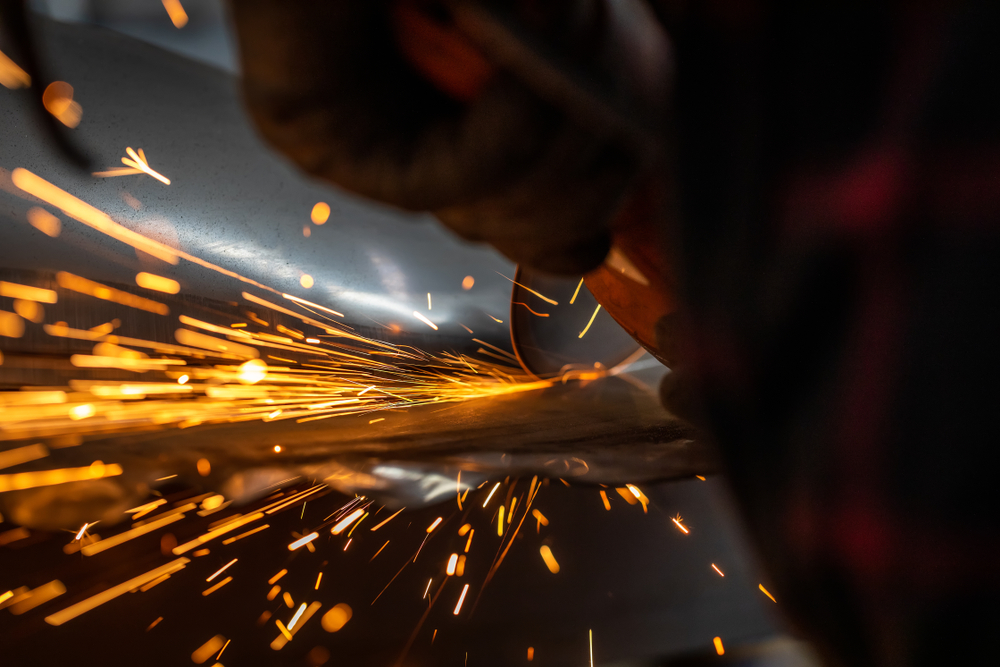Blog

How lathes are used in industry
Lathes are commonplace in the manufacturing industry. They’re used to make parts, either as one-off custom pieces or larger ranges - so they’re versatile in the way they’re used and applied by businesses.
Large or small, independent, or one part of a larger organisations, there are manufacturers that rely on lathes to create their end-products. Yet lathes don’t have just the one function, and can perform a number of operations to cut, form or finish a part. Here, we explore what a lathe does and what they can do for manufacturers.
What lathes do
A lathe changes the shape of a piece of material, usually by turning the material while a tool is pressed against it to change the item. The materials used are normally wood or metal.
There are different varieties of lathes, too. They will perform a range of operations - some of which we outline below - but some of the lathes you may have heard of include engine, speed (or wood), and CNC lathes.
Cutting
This function isn’t as simple as you may think. This is a term used to describe the functions that help make the item take its final shape by turning, for example, and adding details such as grooves. You can also add threads onto the part, as well as boreholes into the material.
There is quite a range of tools used on lathes to perform these types of actions. There are different angles and shapes, as well as left and right-handed tools that you can use to create specific shapes.
Facing
You may need to use this method after cutting a particular item. Facing is when you remove metal from the end of a piece so you can get a flat surface. The piece you perform this on will usually be cylindrical, but you can use different tools on other shapes (eg retangular, or irregular) to get the same finish.
Deburring
This is normally performed on metal pieces and is done to remove any rough edges (or ‘burrs’) from the part being manufactured. This will give a neat, smooth edge. Deburring can be performed on speed lathes or twister speed lathes to give the finish you want.
Sanding
You can have a beautifully turned piece of wood, but you’ll need to sand it correctly to give it the best possible finish. It’s not as easy as it sounds, either as there are a number of things a user needs to be aware of before they start sanding a piece of wood. You have to make sure you maintain the correct speed, check the sandpaper being used isn’t too worn (and you’re using the best grit for the stage you’re at), and the angle of sanding is right.
Knurling
This is another finishing technique, normally on metal. It can be performed on either manual or computer numeric control (CNC) lathes. Knurling itself is when depressions or indentations are added to the part’s surface. These are rolled on using a knurling tool, and the patterns can either be straight, angular, or diamond-shaped.



Comments